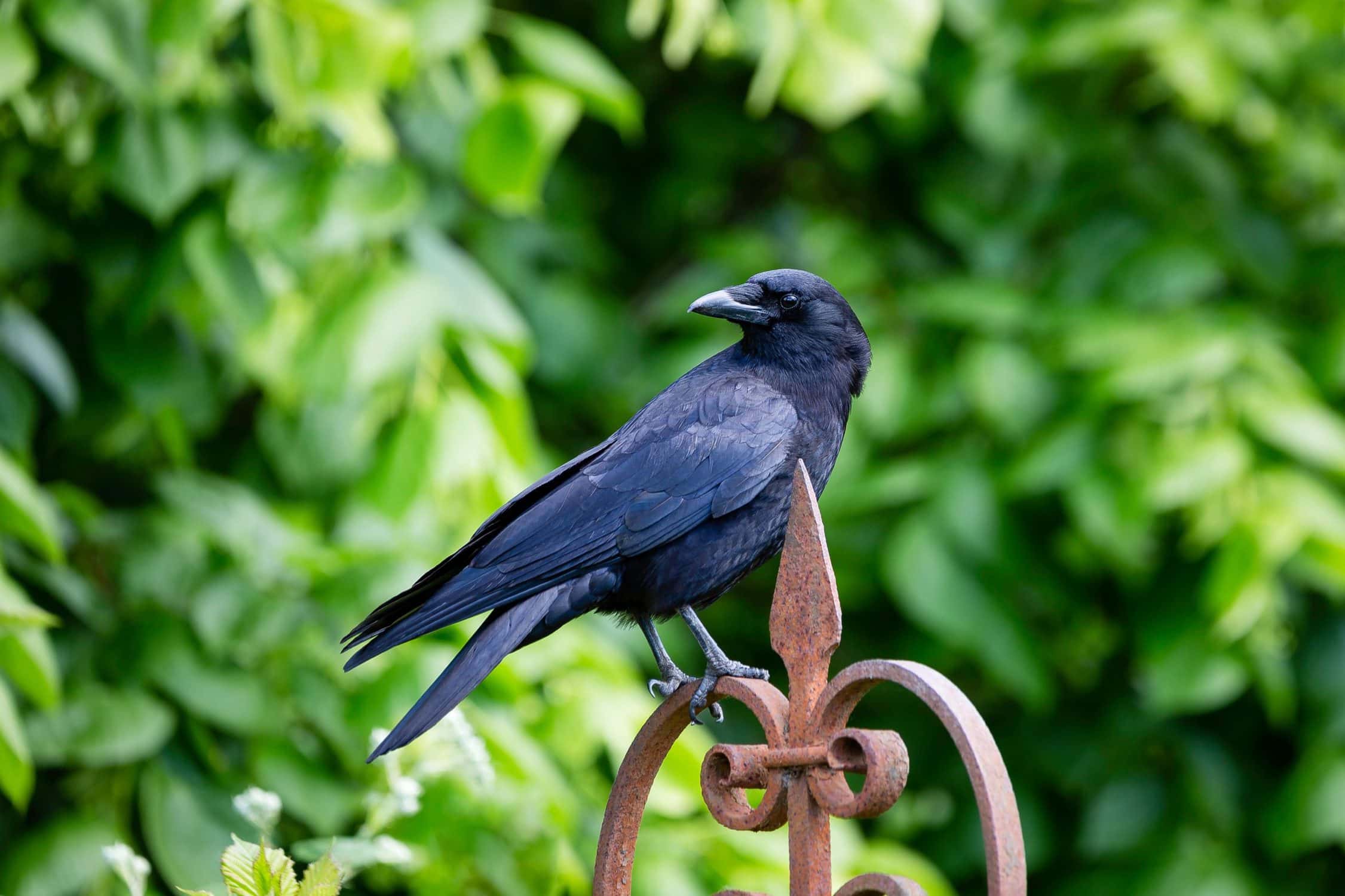A familiar sight in many places, crows are intelligent and interesting birds with quirky habits that make them unique birds to attract. Their raucous call is hard to miss, but what these birds lack in a melodious song they more than make up for in character and intelligence. In fact, many studies suggest that crows are the smartest birds, alongside other corvids like the raven! They even rank amongst the smartest animals — a competitive group that includes humans, dolphins, and elephants.
And while many see them as a nuisance, there are plenty of great reasons to welcome crows in your garden. The benefits of attracting crows range from pest control to urban cleanup. If you’re lucky, crows might even bring you gifts!
If befriending crows is your goal, you might be wondering just how to get started. How to attract crows is not an easy question to answer like some birds, because crows don’t typically visit feeders. But that doesn’t mean that attracting crows is hard! With a bit of luck, you can invite them to your backyard with a mix of habitat, food, and old-fashioned patience.
Before we dive into some of the best methods for attracting crows, I want to caution against attracting crows in areas where they’ve become an urban pest. Feeding wild animals will always have consequences and it’s worth considering whether this is something that will cause issues for your town or your neighbors. Be courteous and always defer to your local laws before interacting with wildlife.
1. Provide roosting ground
Crows are social animals and like plenty of places to stop and observe what’s going on around them so you can attract crows by providing a roosting ground for them.
They typically prefer horizontal roosting poles and can often be seen atop utility poles or other tall structures. If you don’t have trees or similar structures in your yard, you can improvise by erecting your own.
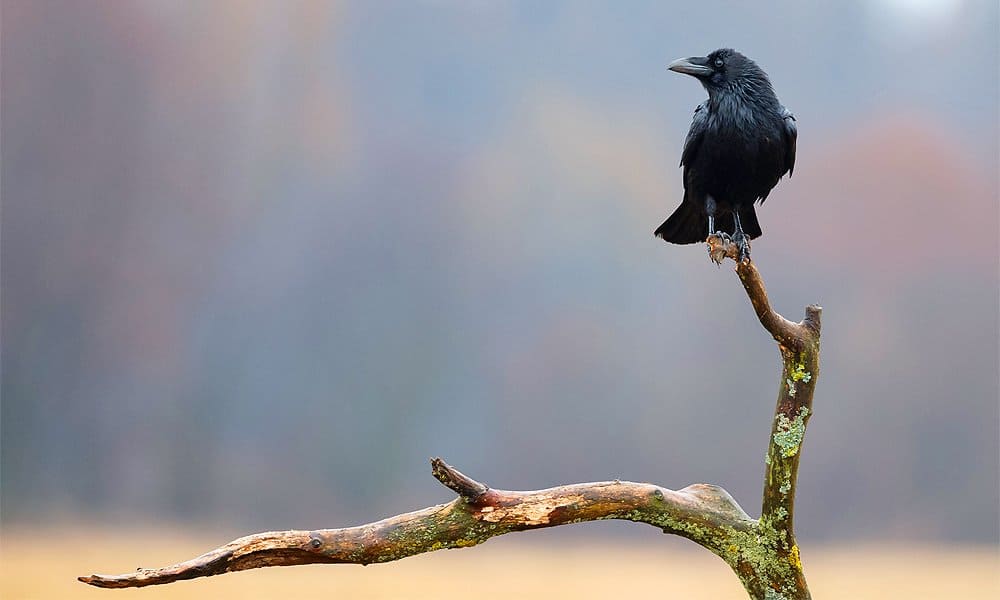
Use existing structures such as trees or fence posts, or install your own pole with a crossbar on top. Not only will this give the crows a nice place to settle, but it will also allow you to observe them better. They are sociable birds and need many places to sit, rest, and commune with their mates.
Given their large size, and often excitable behavior, make sure any perches are sturdy and can live up to the demands of their behavior. Old-fashioned concrete birdbaths can be very useful when you are trying to attract crows.
2. Install a bird bath (essential for birds)
Install a bird bath, an essential element to attract any bird, to entice crows to your area. Water is extremely important for all birds, and crows are no different.
Crows need water for bathing, drinking, eating, and feather maintenance, not to mention cooling off in the summer heat. During the hotter months, crows will descend to your yard to beat the heat and will return in winter as other sources become limited.
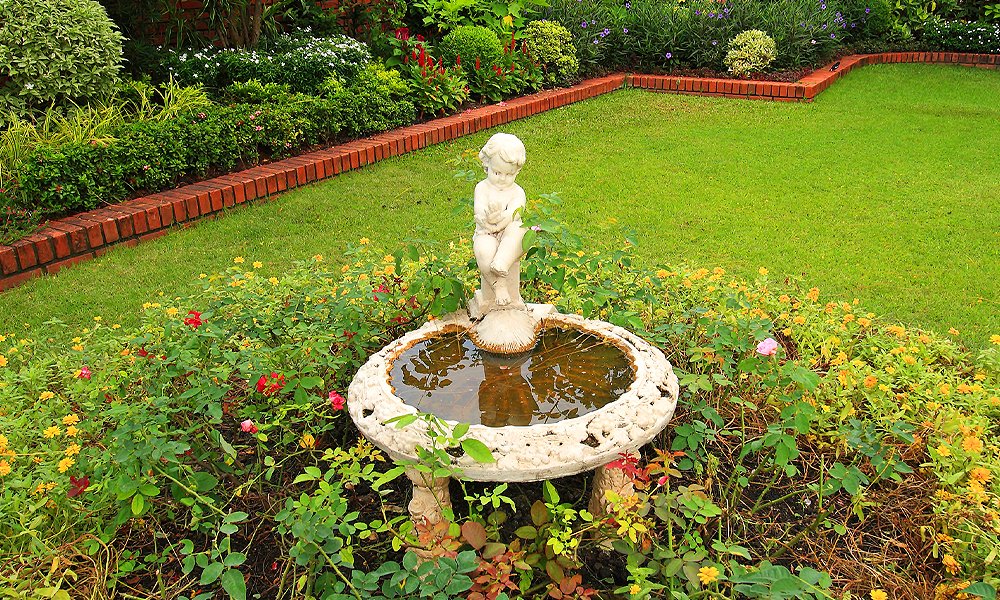
Given their size, crows prefer larger bird baths, especially those that are dark, long, and slightly deeper than the traditional shallow bath used for songbirds. As with other members of the Corvidae family, crows like to stash away extra fid in hidden caches. They’ll often use landmarks like birdbaths as hideaways.
Like other animals (hawks and raccoons come to mind), crows have also been known to dip or dunk their food in water to moisten food, freshen it up, or take it back to the nest for other family members.
3. Remove all noise
Although they are vocal opportunists, crows are easily spooked by random noises and will not frequent areas that will disturb them in this way. Remove random noise sources to keep your yard attractive for these interesting birds.
Items like a loose gate swinging in the breeze, or bells and whistles will spook them off, making them unlikely to return. Take care not to add any additional sources such as wind chimes, bells, or whistles, as it will further drive them away.
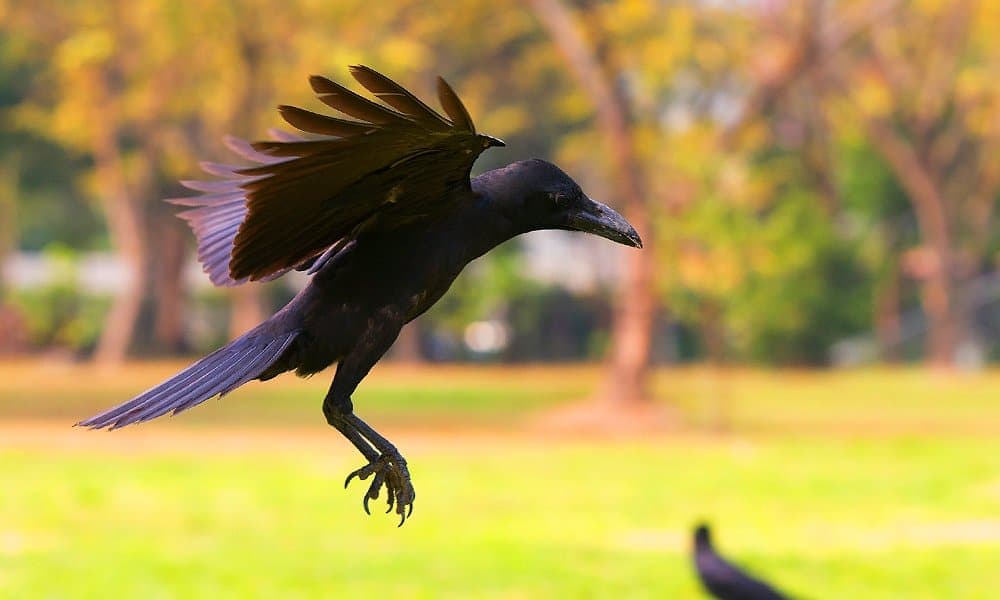
If your goal is to attract crows, it is a good idea to stand in your garden and observe what may spook them. These highly intelligent and opportunistic omnivores won’t return to an area that presents such a skittish environment, preferring more stable sources of food in habitats that won’t scare them away.
They will avoid anything that seems like a threat to them, so it’s best to take note of possible threats, like menacing wind chimes, and keep them out of the garden.
Related: What is a Group of Crows Called & Why? [Murder Background]
4. Place some decoy crows
Crows are social birds, roosting in large numbers, and will follow other crows to their roosting and feeding grounds. Place one or two decoy crows around your yard to make use of this crowd mentality.
Seeing one crow roosting or feeding in your yard will often attract other crows to follow suit. Crows are visual animals and they will be curious to investigate.
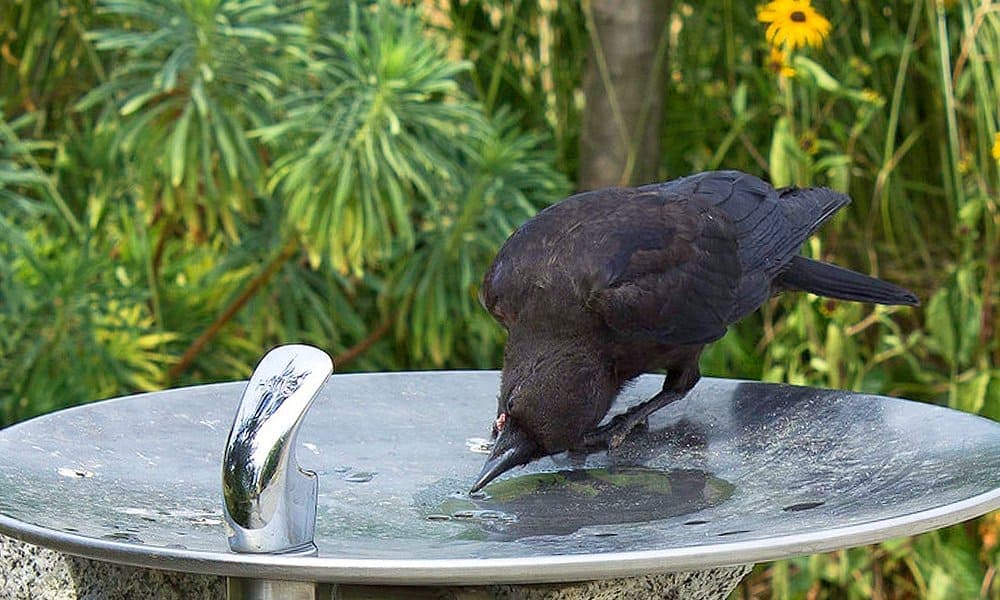
The ideal setup is 3 to 4 stationary decoys, and at least one moving decoy. Incredibly intelligent, they won’t be fooled by static displays and movement is key to entice them to follow the crowd. You can make your yard much more attractive to passing flocks by setting up crow decoys.
An eye-catching display of both stationary and moveable decoys will be sure to hook their attention and pull them in. Set your decoys up in a friendly group, to mimic feeding and foraging crows, to invite new crow visitors in.
5. Lure them with crow calls
There’s no mistaking the telltale caw of a crow, but luring them with crow calls can be fairly easy if done right. Like all birds, crows use calls to communicate with each other as well as other birds.
Whether it’s the familiar caw caw caw to summon other family members or to sound the alarm to alert the presence of a predator, crows have many different calls, and you can use these to encourage them to visit your property. Popular calls include the attention call, rally call, and distress call.
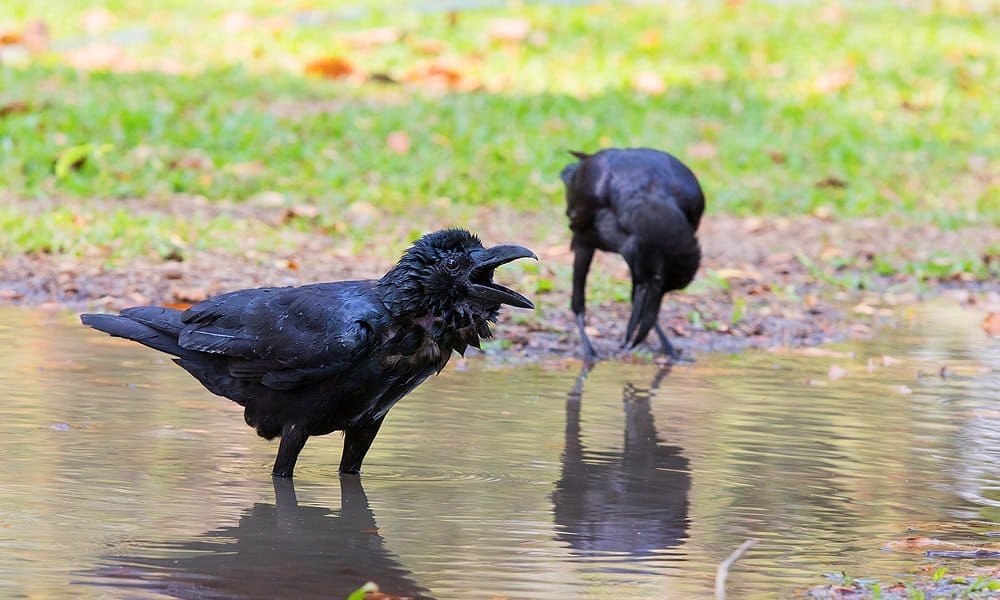
You can purchase devices online that can emit various calls, an electronic caller, or use a more traditional reed caller (similar to a duck whistle). Crow Callers, such as the ones hunters use, emit loud crow noises, which creates curiosity for the crows, giving the inquisitive birds a reason to come and investigate.
The difference is that you do not intend to harm them. Crows respond quickly to calls, but the best times of day are early mornings and late evenings.
6. Tempt them with the right food
While not the pickiest of eaters, they will eat almost anything, it’s important to tempt them with the right food. This may take some trial and error as they can be surprisingly finicky. If you leave a certain food out and you aren’t getting any bites, consider that they aren’t interested and try something different.
Start with something that will catch their eye as they fly overhead, and pique their interest to take a closer look. Peanuts in the shell are perfect for this. They are a favorite of crows, just make sure they are unsalted. Once the crows are comfortable and have found your food source, you can introduce other foods.
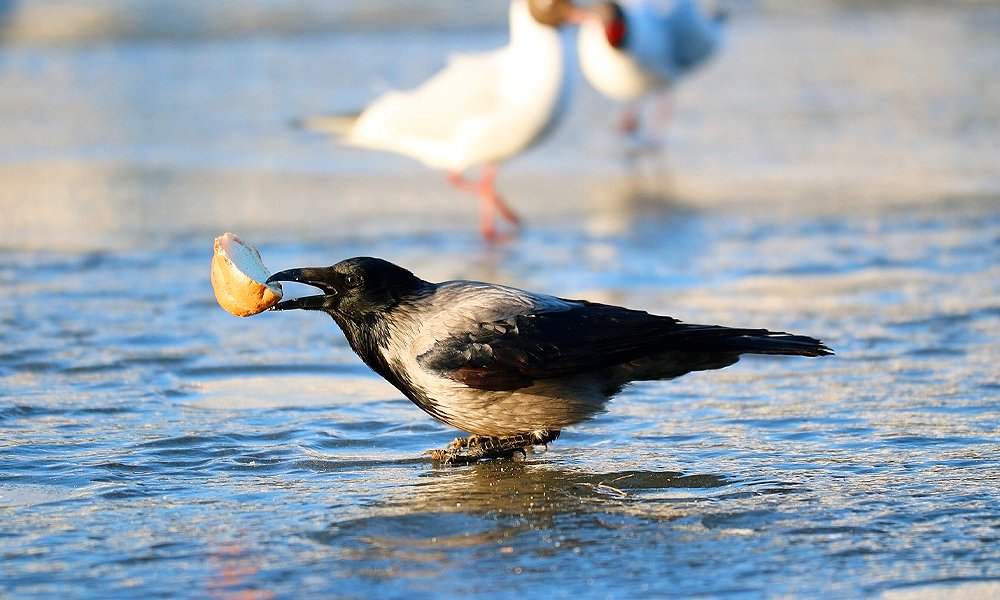
Crows will enjoy a wide variety of food on their own, so be sure to try various things to entice them to your yard. Healthy options include fruits, nuts, eggs, popcorn, pasta, and cat or dog food. Look for a low phosphorous brand with the least amount of filler and additives that are not good for the birds (or your pet for that matter).
Chicken and duck eggs, chicken meat and fat, and bird seed are also healthy options. Although crows love junk food (who doesn’t?!), feeding them it is no kinder to them than it is when you eat it yourself. Stick to healthy options similar to what they would find in nature.
7. Create a feeding routine
Simply putting out a food source is not enough, as it may ensure the crows find your property but ultimately won’t keep them coming back. The key is to put food out at the same time each day to create a feeding routine.
Cunning and inquisitive, crows are more likely to come to your yard if you create a routine for them. They are quite intelligent and will learn your schedule if you stick to one. Establish a routine by putting food out at the same time each day, so they know when to expect both you and the food.
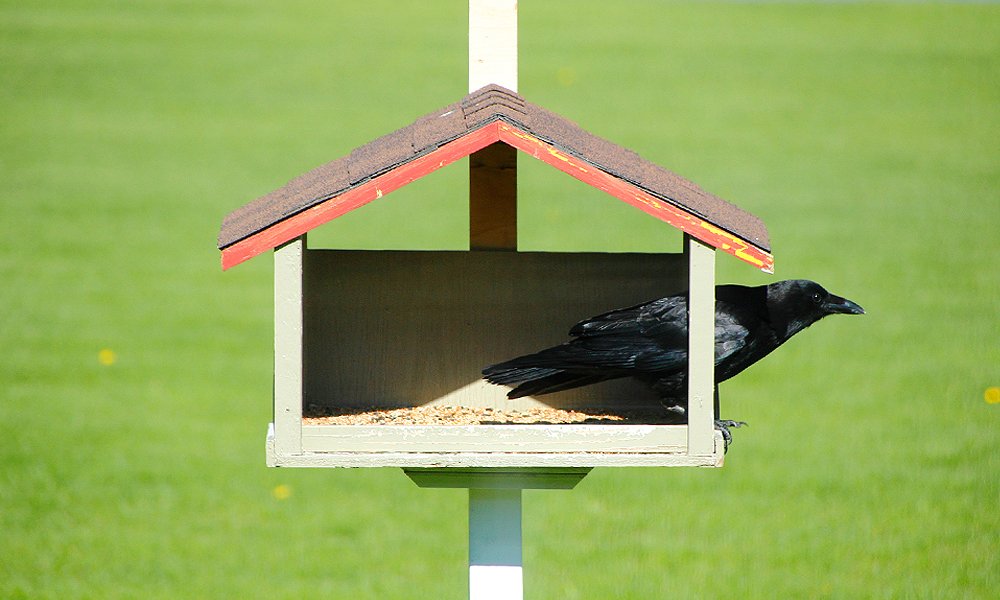
Untrusting by nature, establishing this rhythm for interaction will help build trust and keep them coming back for more. A regular food source is very attractive to them, as it means they have to work less to fulfill their feeding needs.
At first, squirrels and other birds will eat the food, but give the crows both time to find and trust the source and you will start your relationship off on the right foot. Stay away from the food until the birds are comfortable with you, but keep in mind that even after years of friendship, a crow will still be skittish and standoffish – it’s in their nature.
8. Location of the feeder is the key
When it comes to feeder placement, it’s all about location. While not the pickiest of eaters, crows usually feed on the ground and will eat almost anything. And while it may not keep them coming back long term, they need to find your food source in the first place.
Choose a spot in your yard that is visible from the sky to catch their eye as they fly over. Once you become a dependable stop on their regular travels, crows will flock to your yard to scoop up any treats you leave out for them.

A tray, bench, or empty bird bath is great for putting food out for crows due to both their size and durability. You’ll need something sturdy enough for these sizeable birds, and rugged enough that they won’t be able to destroy it. Old concrete bird baths make excellent crow feeders due to their size, weight, and stature.
Related: Crow Symbolism & Meaning (+Totem, Spirit & Omens)
9. Start a compost bin
Omnivorous scavengers, crows have been known to visit compost bins for their smorgasbord of food available. From fruit and veggie scraps to discarded food and eggshells, composting offers a great natural feeding station for the crows you are trying to attract.
Start a compost bin in your yard to make use of kitchen scraps and other food wastes that can be broken down into organic material. Known to forage for garbage and other household wastes, crows will visit compost bins or heaps to search for just the right tasty treat.
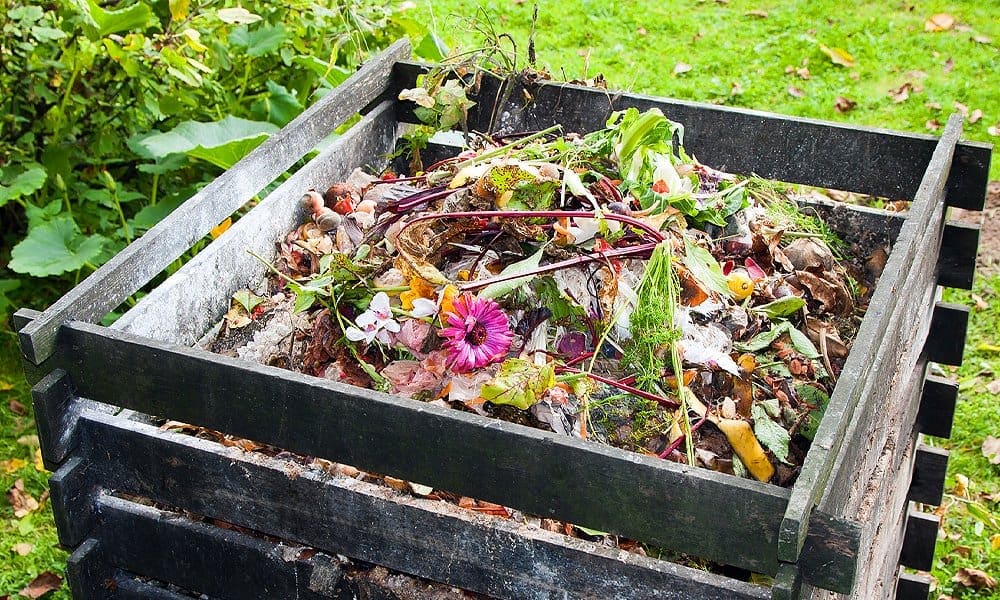
They use their strong bills to pick at fruits and vegetables, kitchen scraps, and anything else they might find. A compost bin offers them a steady stream of healthy food products and is an eco-friendly alternative to garbage bags.
Left to their own devices, crows will rummage through your garbage bags looking for anything they can eat. Composting gives them an alternative source of nutrition without the mess to clean up!
10. Keep your pets inside
Crows will not descend to a yard if there are any pets outside, so keeping pets like cats and dogs inside, especially at feeding times, is a no brainer.
Smaller pets, like hamsters, gerbils, and rabbits, are safe, but predatory pets like dogs and cats will put your crows on high alert. Not only will they scare the crows away, but they may contaminate the food source making it less attractive, to begin with.
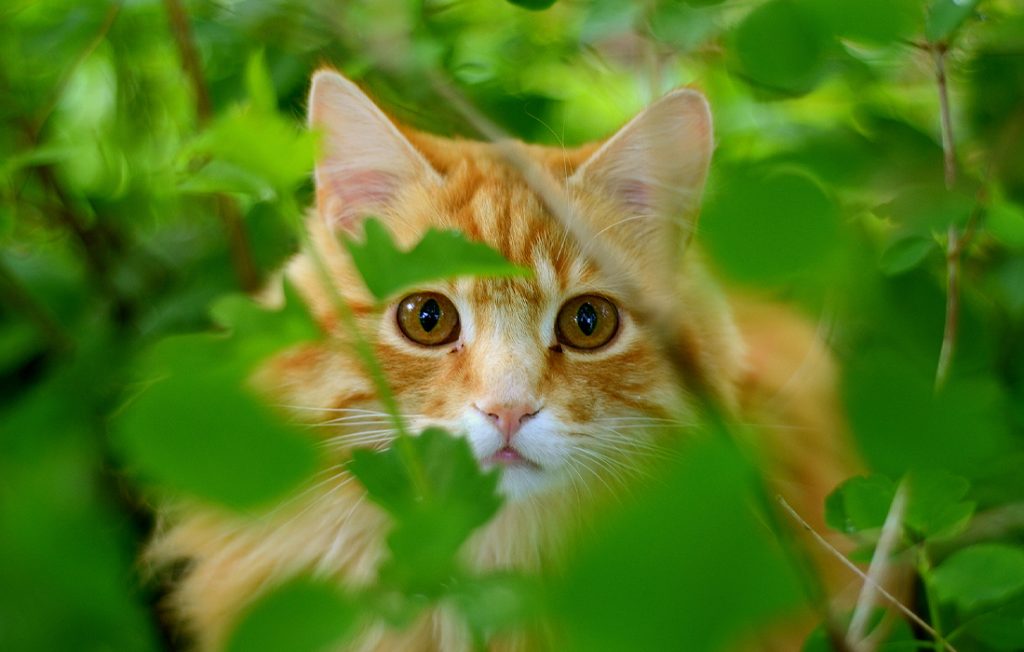
If you have cats and dogs roaming your yard, you will find it difficult to attract crows in the first place. You may want to fence off a separate area, large enough for your pet, to keep an area clear for the crows as well.
Remember that crows prefer comparatively large spaces, feeling uncomfortable and threatened in smaller spaces. If you can’t separate the areas, make sure pets are supervised when outdoors at all times. This gives them the freedom to be outdoors, while still providing a safeguard for your new corvid friends.
11. Leave shiny objects around your yard
Leaving shiny objects around your yard is an old wives’ tale that has seemingly stood the test of time. Although there is no empirical evidence to support the behavior, corvid enthusiasts have many anecdotes about crows being attracted to shiny objects and trinkets.
And while there may not be scientific data to support the theory that crows are attracted to shiny things, anecdotal evidence abounds of stories of crows and other corvids taking shiny objects.
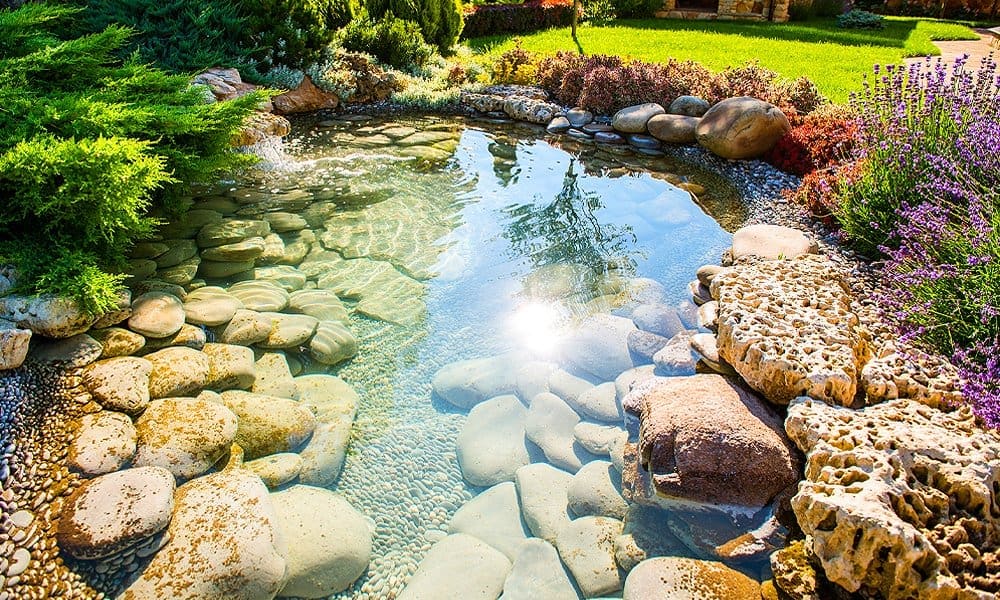
Experts agree that it’s more likely that crows are attracted to objects of obvious value to their owners (3). Young corvids, in particular, are very investigative and love to handle objects.
Once you have established trust with your birds, leaving shiny objects around your yard may develop the relationship further. Use shiny or flashy things that will catch sunlight and you are bound to attract their attention, especially the younger, more curious birds.
12. Don’t try to get too close
Don’t try to get too close; although they can be found in a wide variety of habitats, large scale persecution of crows in the nineteenth and twentieth centuries has made them shy of people (4). Across much of the population, crows are seen as pests and nuisances to be kept away.
Even after years of friendship and feeding, they will still be slightly aloof and standoffish due to their skittish nature. Perhaps this is one of the reasons they have not only survived, but have thrived as a species for so long.
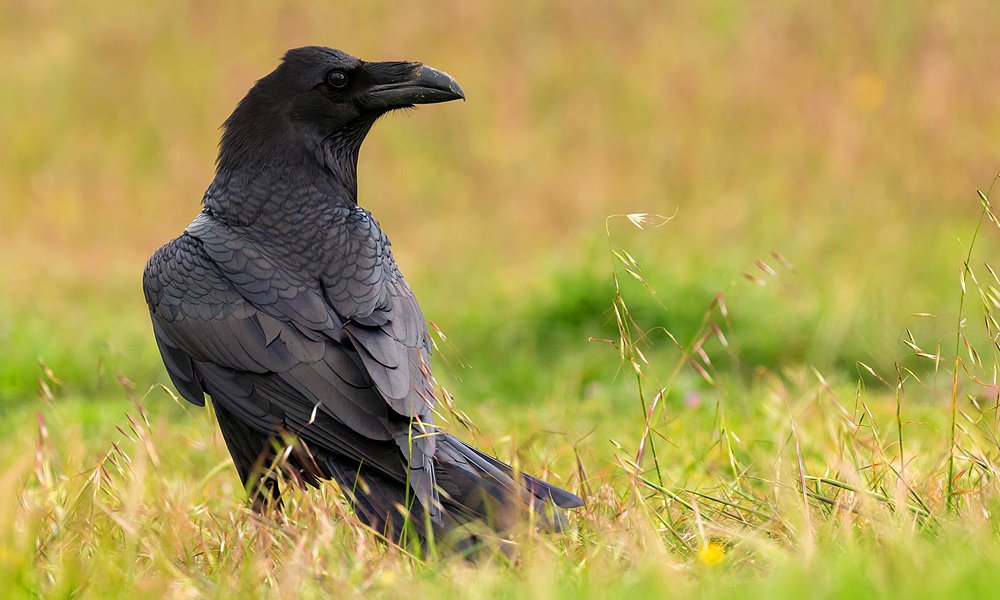
While they may give you the cold should at first, crows will take their own time in deciding to trust you or not. And since most humans view them as a nuisance, their distrust in us is obvious and not unwarranted.
Remember, crows are wild animals, and their charms should be appreciated from afar to uphold this relationship. If you need to get a close-up view, binoculars are always an excellent option.

